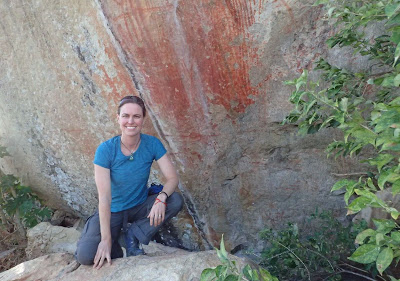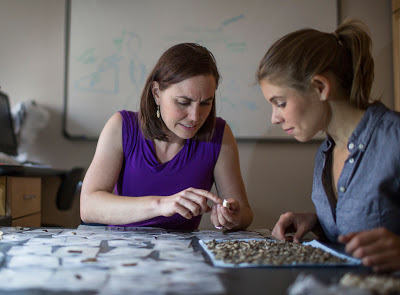
Finding ancient human remains in Africa is rare and most of the work done in this field is recent. A lot has happened in the last few years however. Emory’s eScienceCommons detailed Dr. Thompson’s role in the research.
Dr. Jessica Thompson hopes to learn more about migration patterns from the DNA of bones discovered in Malawi. It shows that the hunter gatherers that lived there as recently as 2,000 years ago are not genetically related to today’s population. Scientists previously relied on tools left behind to create migrations patterns. DNA now gives answers to whether populations mixed or whether one was forced out. The oldest samples from Malawi are over 8,000 years old. Dr. Thompson had help from graduate student Kendra Sirak with dating and DNA extraction of the 8,100 year old skeleton.
The work that Dr. Thompson collaborated in was featured in the New York Times.
Donate to Dr. Thompson’s research.

I’m a retired South African physicist living in Cape Town, with an interest in anthropology, especially that authored by someone called Jessica Thompson who has an interest in Afican. The maiden name of my deceased wife of 52 years was Jill Thompson! Could you please let me know how I could access on the web Dr. Thompson’s recent work, as described in the NY Times, for a layman. My first interest in anthropology was sparked long ago by an anthropologist friend, Revill Mason, in Johannesburg.
LikeLike
I knew Revill Mason in the ’60s and ’70s. Very inspiring man. Jessica’s work is in the same dedicated tradition.
LikeLike
Thank you for your interest. You can find the original article on http://www.sciencedirect.com/science/article/pii/S0092867417310085, but it is not written for laymen.
LikeLike